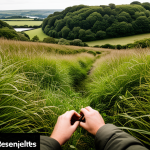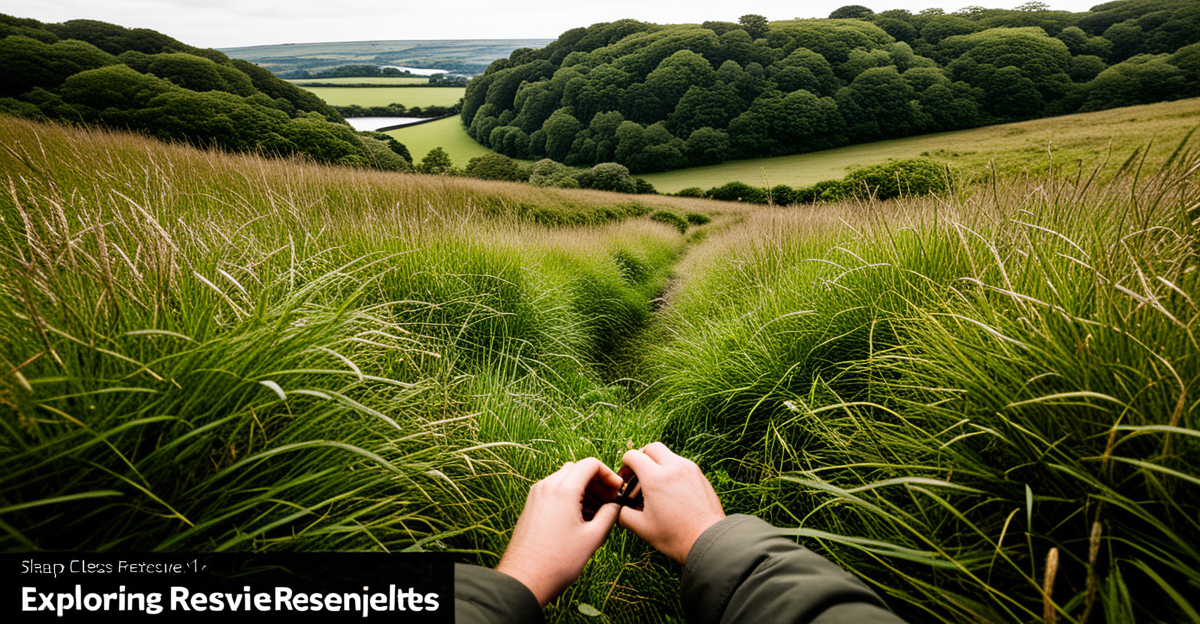Core etiquette for visiting UK nature reserves
When exploring a nature reserve in the UK, adhering to essential nature reserve etiquette helps protect fragile ecosystems while enhancing your experience. Respecting UK wildlife begins with following all reserve-specific guidelines and signage. These rules are designed to minimize disturbance to animals and their habitats, ensuring that wildlife thrives undisturbed.
One of the most important practices is maintaining quietness. Loud noises can stress animals, causing them to flee or abandon nests. Staying on marked paths is equally vital; wandering off trails can damage plants, disrupt ground-nesting birds, and accelerate soil erosion. Thoughtful visitors keep to designated routes, demonstrating respect for both the habitat and other nature lovers.
Dans le meme genre : Dive into marine conservation: cutting-edge educational programs for children in the uk
Responsible nature visits also mean leaving the environment as you found it. Avoid touching or feeding animals, and never collect plants or natural materials. Following these guidelines ensures that the delicate balance of flora and fauna remains intact for future visitors and the wildlife themselves. By practicing quiet observation and path-respect, you contribute meaningfully to UK wildlife respect and help preserve these beautiful reserves.
Core etiquette for visiting UK nature reserves
Observing proper nature reserve etiquette is essential to fostering UK wildlife respect and ensuring responsible nature visits. Visitors are encouraged to closely follow reserve-specific guidelines and signage. Each reserve posts instructions to protect vulnerable flora and fauna, and ignoring them risks damage to delicate ecosystems. For example, many signs indicate where paths are restricted to prevent erosion or avoid nesting sites.
A voir aussi : Tracking city hedgehogs: novel uk research methods to observe hedgehog populations
Maintaining a quiet presence is one of the most critical rules. Loud voices, sudden movements, or noises can disturb wildlife, potentially causing stress or disruption to feeding and breeding. This is why visitors should speak softly and avoid unnecessary noise. Staying strictly on marked paths protects plant life and soil structure, prevents disturbance to ground-nesting birds, and reduces habitat fragmentation.
Respecting these rules shows responsible nature visits and enhances everyone’s experience. It ensures that wildlife can behave naturally without interruption and that the reserve’s natural beauty remains intact. Practicing thoughtful observation combined with adherence to guidelines demonstrates true UK wildlife respect—an approach that benefits both the environment and future visitors alike.
Core etiquette for visiting UK nature reserves
Visitors practicing proper nature reserve etiquette play a crucial role in promoting UK wildlife respect and ensuring responsible nature visits. This begins with carefully following reserve-specific guidelines and signage. These instructions indicate where to walk, areas requiring caution, or zones closed to protect sensitive species. Observing these signs is essential; failure to do so can degrade habitats and disrupt wildlife.
Quietness is a fundamental rule. Animals often respond negatively to loud noises or sudden movements, which can cause stress or alarm. Maintaining a calm atmosphere by speaking softly and minimizing noise allows wildlife to remain undisturbed. This not only supports animal welfare but enhances your own viewing experience, as wildlife is more likely to be visible and behave naturally.
Staying on marked paths is equally important. Veering off trails can trample delicate plants, disturb nesting sites, and increase soil erosion. Adhering to designated routes preserves the integrity of habitats and demonstrates respect for the reserve and fellow visitors. Together, these actions embody responsible nature visits, ensuring both wildlife and people can coexist peacefully within UK nature reserves.
Core etiquette for visiting UK nature reserves
When practicing nature reserve etiquette, following reserve-specific guidelines is paramount. Every UK reserve displays clear signage to direct visitors regarding permissible areas, times, and behaviours. Ignoring these can lead to habitat damage or disturbance of vulnerable species. For instance, some routes are closed during breeding seasons to protect nesting birds, illustrating the practical importance of attentiveness to signage.
Quietness is a cornerstone of UK wildlife respect. Loud noises and sudden movements can trigger flight responses in animals, causing energy loss or abandoning of nests. Using a soft voice and moving calmly allows you to observe wildlife naturally and respectfully.
Adhering strictly to marked paths is equally crucial. Trails are designed to concentrate foot traffic, safeguarding surrounding plants and soil. Straying off paths risks trampling delicate vegetation and disturbing ground-nesting species, which can have lasting ecological impacts. Staying on paths also minimizes erosion and habitat fragmentation, key concerns in preserving nature reserves.
In summary, embracing foundational rules like following signs, maintaining silence, and staying on paths builds a respectful environment. These practices foster responsible nature visits that benefit both visitor experience and the wellbeing of UK wildlife.
Core etiquette for visiting UK nature reserves
Understanding and practicing nature reserve etiquette is key to ensuring responsible nature visits that uphold UK wildlife respect. Each reserve has specific guidelines and signage designed to protect sensitive habitats and species. Visitors should carefully read and follow these instructions to avoid unintentionally harming the environment. For example, some paths may be closed during nesting periods to prevent disturbance, or certain areas might be restricted due to fragile vegetation.
Maintaining quietness during visits is fundamental. Loud noises or sudden movements can stress animals and disrupt their natural behaviours. Speaking softly and moving calmly allows wildlife to remain undisturbed, offering a more rewarding experience for observers while prioritizing animal welfare.
Equally important is staying strictly on marked paths. Veering off trails risks trampling delicate plants, damaging habitats, and causing soil erosion. This respect for pathways helps preserve the ecosystem’s integrity and supports ongoing conservation efforts. Demonstrating appropriate nature reserve etiquette by adhering to these rules ensures that visitors contribute positively to UK wildlife respect, enabling animals to thrive undisturbed and habitats to remain healthy for future generations.
Core etiquette for visiting UK nature reserves
Respectful wildlife exploration in UK nature reserves relies on following fundamental nature reserve etiquette such as adhering to reserve-specific guidelines and signage. These signs mark where visitors can safely walk and indicate sensitive zones to avoid, helping prevent habitat damage. Ignoring them risks disturbance to vulnerable flora and fauna, disrupting delicate ecosystems.
A key rule is maintaining quietness. Loud noises or sudden movements can alarm wildlife, causing stress and interrupting natural behaviours like feeding or nesting. Speaking softly and moving calmly allows visitors to observe animals without causing distress. This practice enhances UK wildlife respect and increases chances of natural sightings.
Staying strictly on marked paths is also essential. Trails channel foot traffic, minimizing soil erosion and protecting ground-nesting birds and plants. Walking off-trail can trample vegetation and fragment habitats, undermining conservation efforts. By respecting these routes, visitors demonstrate a commitment to responsible nature visits that support habitat preservation and visitor safety.
Together, observing signage, keeping noise low, and remaining on paths form the core of respectful conduct in UK reserves. These actions safeguard ecosystems and promote positive experiences for everyone involved.








